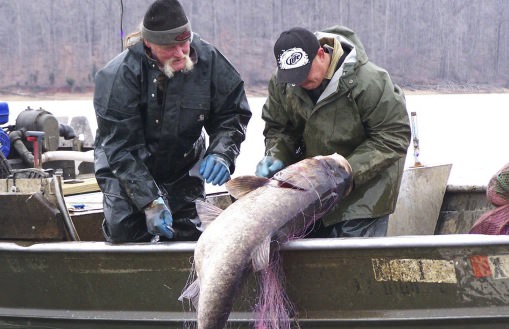Among all the bugs, plants, fish and critters that find their way into the Great Lakes from afar, Asian carp are swimming hard up the threat list. They typically eat 40 percent of their body weight every day in vegetation, plankton and the eggs of native species. Worse yet, these outsiders have virtually no predators to put their alarmingly rapid spread in check.
John Navarro with the Ohio Department of Natural Resources says changes in state law could be proposed this summer to combat the spread of the species.
“If you’re going to collect bait from a body of water, we’re going to require that you use that bait in that body of water. Because Bighead carp and Silver carp, when they’re young, look very much like common bait fish. It’s not like someone would be doing this intentionally. It would be unintentional. And they could inadvertently take them from a location where they’re at, to a location where they’re not at, and just infest new waters.”
Navarro adds that his department plans to conduct tests this summer to track the carp, which can grow up to seven feet and 100 pounds. ODNR will also be electro-fishing and test-netting up and down the Muskingum River to search for live fish this year.
Agencies/Canadajournal
 Canada Journal – News of the World Articles and videos to bring you the biggest Canadian news stories from across the country every day
Canada Journal – News of the World Articles and videos to bring you the biggest Canadian news stories from across the country every day



